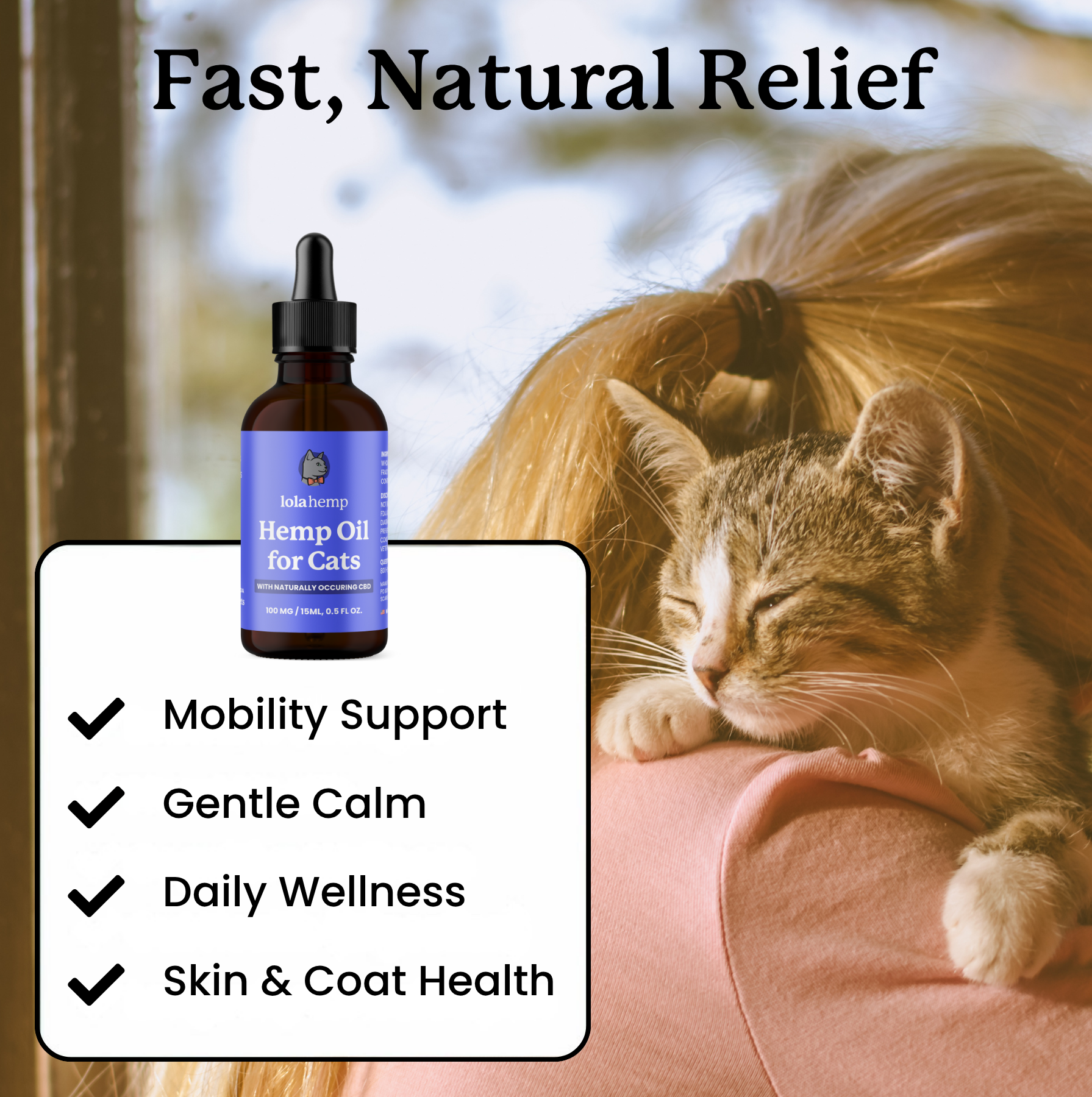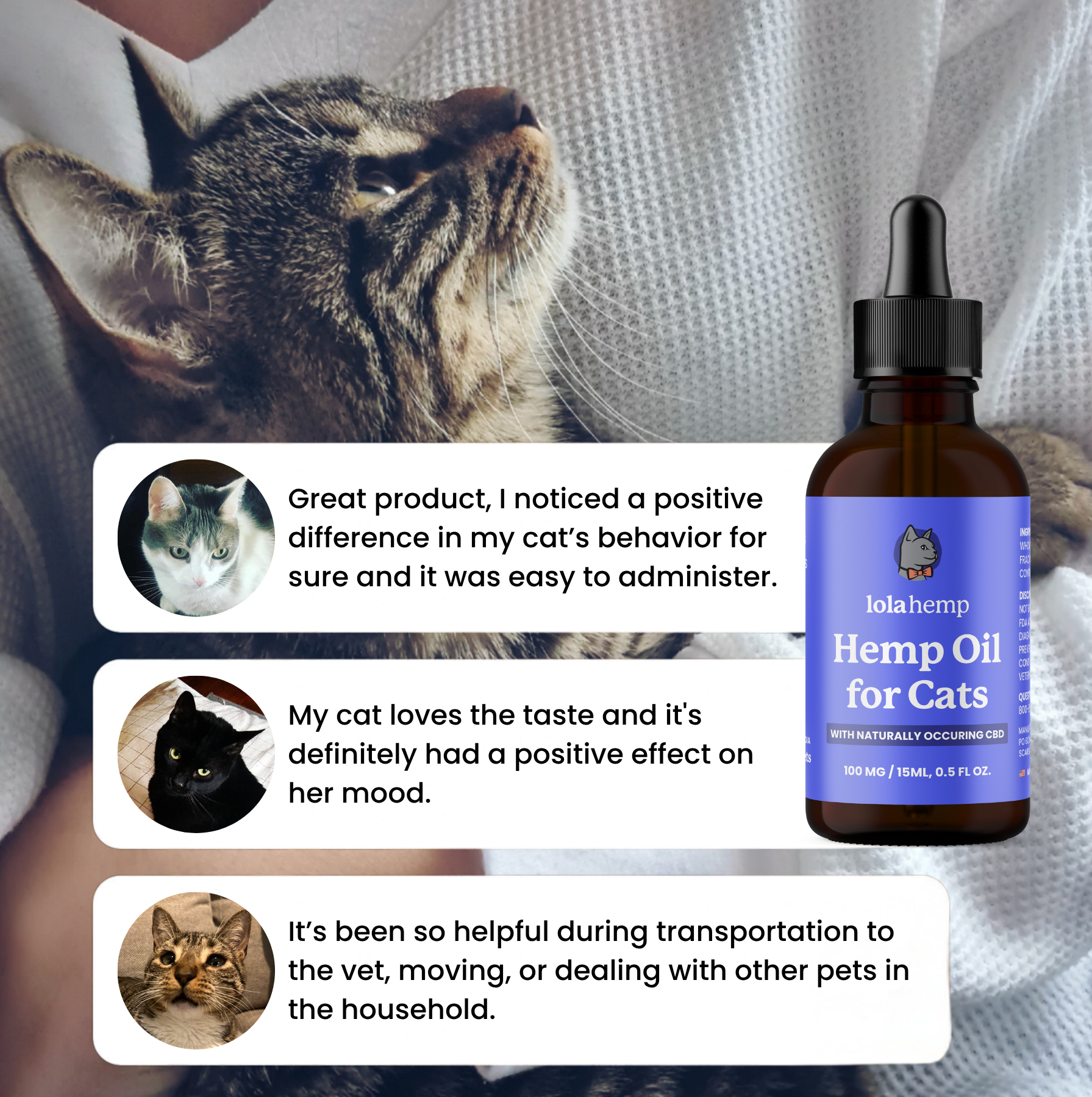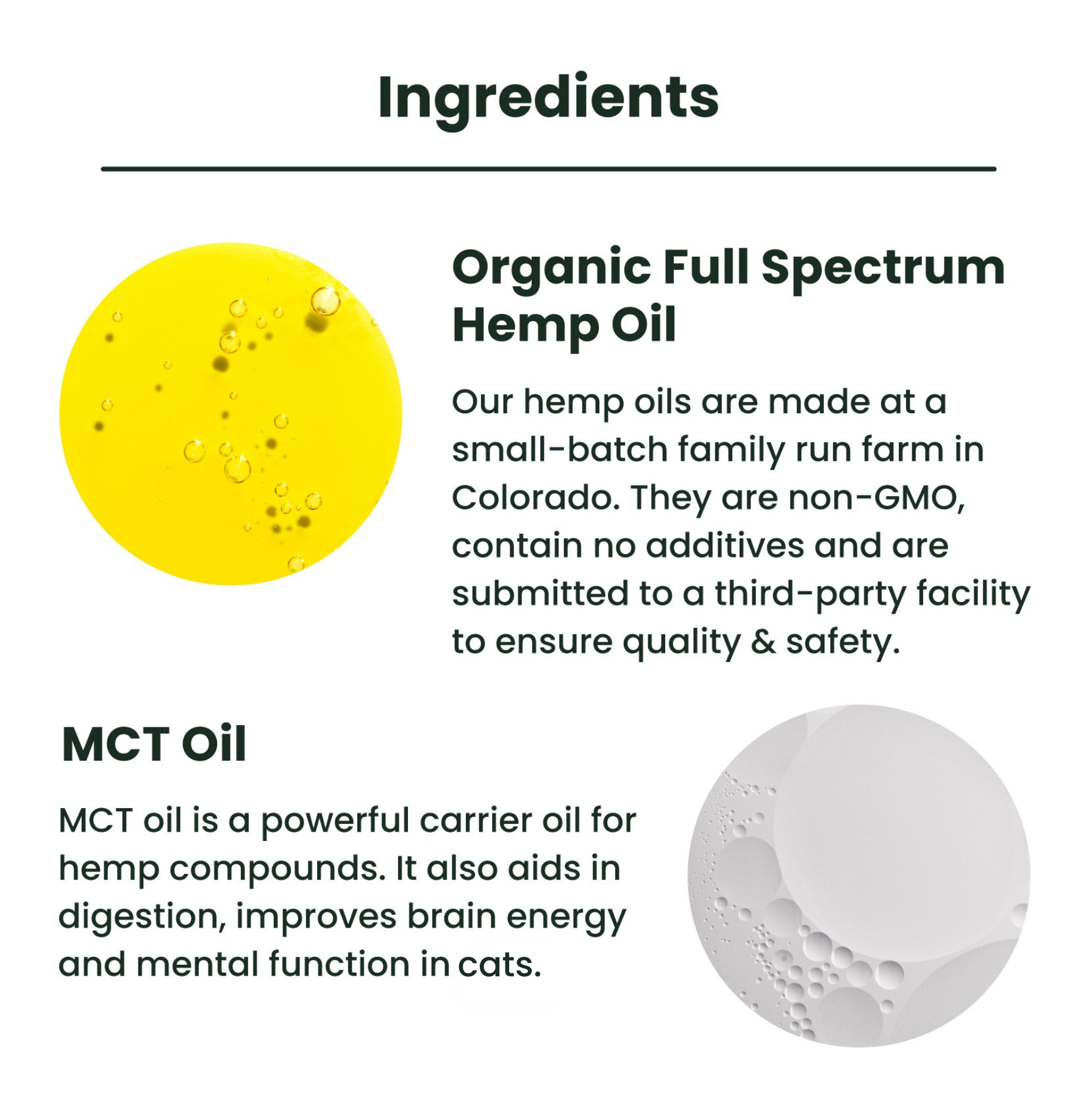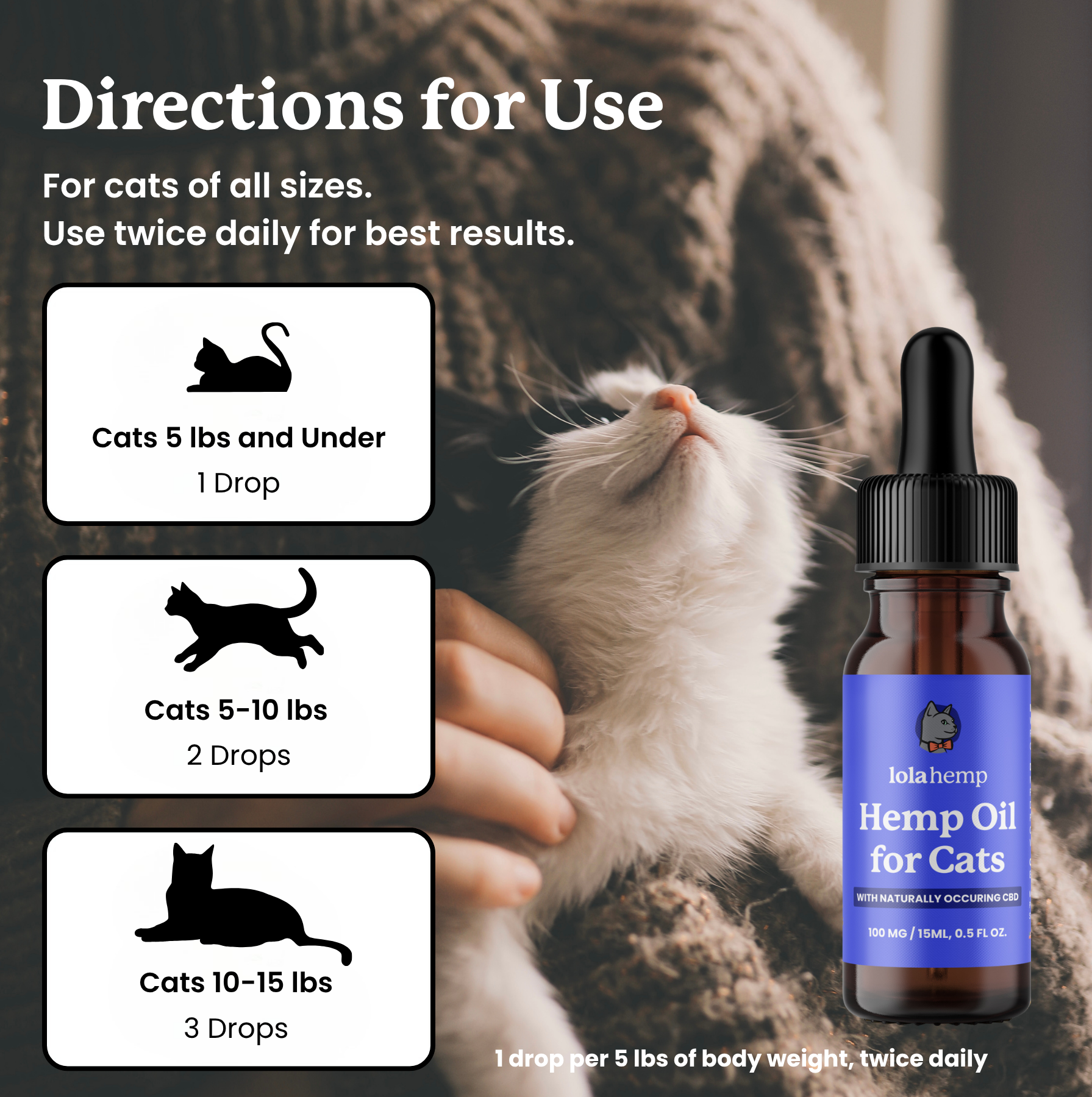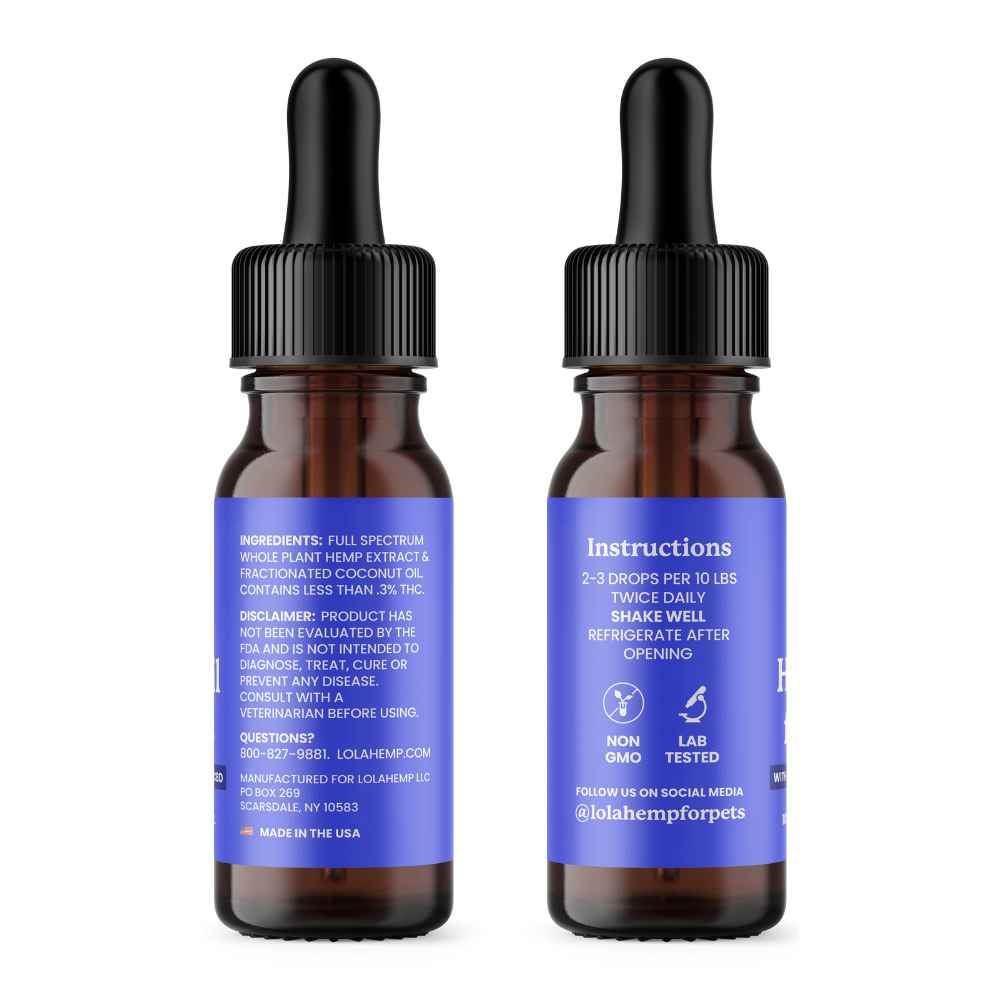Cat owners are familiar with the typical meows and chirps of their feline friends. There’s a clear difference between the common types of meows, and it’s often easy to tell when a cat is hungry, annoyed, anxious, or simply chatting with you.
It becomes more concerning, though, when your cat starts meowing more than usual—or even begins to yell or “yowl,” which can feel especially alarming.
But are you being overly cautious as a pet parent, or is there something genuinely wrong? This article will help you understand what your cat’s vocalizations might mean, so you can feel more confident in assessing whether your cat's excessive meowing is behavioral or a potential health issue.
Let’s dive in.
Why Do Cats Meow in the First Place?
You might be surprised to learn that adult cats don’t meow much in the wild. Meowing is a natural behavior in kittens, used to get attention from their mother when they’re hungry, cold, or need comfort.
So why do adult domestic cats keep meowing? Domesticated cats maintain a kitten-like relationship with their human caregivers, which is why they continue to use vocal communication well into adulthood.
In other words, cats meow to communicate with you. Every meow, chirp, or yowl is an attempt to get your attention, express a need, or signal a feeling. That doesn’t mean it’s always easy to understand what they’re trying to say.
In many cases, meowing becomes more frequent when owners reinforce it—intentionally or not. If your cat meows and you respond with treats, attention, or food, they’ll learn that vocalizing gets results.
5 Reasons That Cats Meow Excessively
A little meowing can be cute, so it’s tempting to respond to a soft chirp with treats or affection. But how do these occasional meows evolve into constant, loud vocalizations seemingly out of nowhere?
Here are a few potential causes to consider.
1. Reinforcement Breeds Excessive Meowing
When you consistently reward meowing—whether with treats, attention, or even scolding—you teach your cat that vocalizing works.
Your cat may start associating meowing with rewards, and that behavior can escalate if those expectations aren’t met. Eventually, they might meow simply because the idea of a treat crossed their mind—regardless of whether you’re nearby.
Even Negative Attention Reinforces Meowing
All attention, even negative, reinforces behavior. If your cat yells at you and you respond by scolding or reacting, you’re still giving them attention—and that can strengthen the habit.
The best approach is often to calmly ignore the behavior, helping your cat learn that excessive meowing won’t get them what they want.
2. Attention-Seeking Behavior Is Extremely Common
Some cats are highly affectionate, while others are more independent. But even the clingiest cats may meow excessively when they feel ignored.
Your cat might yowl after walking into another room or meow insistently until you engage with them. If your cat is closely bonded to you, their vocalizations may simply be a request for attention or reassurance.
3. Disruption of Routine or Frustration Can Trigger Meowing
Changes in routine—such as feeding schedules, new environments, or withheld rewards—can frustrate your cat. That frustration often shows up as increased vocalization.
For example, a cat on a weight loss plan might not understand why they’re being fed less, and their response could be persistent, loud yowling. While it's tough to see, it’s important to stay consistent if their health depends on it.
4. Entertainment & Curiosity Can Prompt Yelling
Some cats are drawn to the sound of their own voice. They may enter empty rooms, hallways, or basements and meow loudly to explore how it echoes.
Because cats have excellent hearing, they might experiment with their meows in different acoustics. If you rush to check on them, that interaction could become part of the appeal.
5. Senior Cats Tend to Meow More
As cats age, they often experience changes in hearing, vision, and cognitive function. These changes can cause increased or louder meowing.
Older cats may develop cognitive dysfunction syndrome (CDS), a condition similar to dementia in humans. Cats with CDS often yowl at night—sometimes out of confusion, anxiety, or restlessness.
In addition, age-related discomfort or pain may contribute to vocalization, especially if a cat feels disoriented or vulnerable.
Pain & Disorders: When Meows Reflect an Issue
The biggest concern when your cat starts meowing more—or more loudly—is the possibility that they’re in pain. Naturally, you worry that something deeper may be going on.
While cats may become more vocal when something is wrong, pain-related meows often sound different than their usual chatter. Pain-induced vocalizations tend to be lower-pitched, less social, and more intense.
They may not even be directed at you, and they’re often paired with other signs of distress or discomfort. It’s also worth noting that not all cats meow when in pain—many will instead withdraw or go quiet.
Cats are masters at masking pain, so you’ll need to look for subtle changes beyond their voice.
Here are some additional warning signs that your cat may be in pain:
- Changes in posture – A painful cat might crouch more tightly, hunch their back, or appear stiff when moving or resting.
- Hiding more than usual – If your cat is suddenly spending more time under the bed or in closets, it could signal they’re trying to avoid stimulation due to pain.
- Decreased grooming—or overgrooming a specific area – Some cats stop grooming altogether when they’re uncomfortable, while others obsessively lick or chew a sore spot.
- Reluctance to jump or climb – Joint or back pain can make it harder for cats to reach places they used to go with ease.
- Changes in appetite – Pain can make cats eat less, avoid their food, or become unusually picky.
- Limping or altered gait – Limping or favoring one leg often points to injury or physical discomfort.
- Aggression or withdrawal – A normally social cat may become irritable or hide when they’re in pain.
- Squinting or avoiding touch around the face – Dental pain often shows up as flinching when touched or subtle pawing at the mouth.
- Panting or fast breathing at rest – While uncommon, this can be a red flag—especially if paired with other signs of pain or stress.
Conclusion: Should You Be Worried about Yowling?
While yowling is an unpleasant and often alarming behavior, it's usually not a cause for concern. Instead, it's likely a behavioral issue that reflects a desire to get attention or food.
Excessive meowing and yowling can reflect pain, although pain-related yowling is typically deeper than normal meowing and accompanied by other behaviors that indicate pain.
Cat Yowling and Excessive Meowing: FAQs
Why is my cat suddenly meowing nonstop?
Sudden excessive meowing may indicate attention-seeking, hunger, or stress. If it persists or sounds unusual, it could also signal pain or illness—consult your vet.
Do cats meow more when they are in pain?
Yes, some cats vocalize more when in pain, often in lower-pitched or distressed tones. Others may become quieter instead, so watch for additional changes in behavior.
Why does my senior cat yowl at night?
Senior cats often meow or yowl due to confusion, anxiety, or cognitive decline. Providing night lights and a predictable routine may help calm them.
Can excessive meowing be behavioral?
Yes. Cats learn that meowing gets them attention or food. Reinforcing quiet behavior and maintaining consistent feeding times can reduce unwanted vocalization.
When should I see a vet about my cat’s meowing?
Contact your vet if the meowing is sudden, intense, or paired with other symptoms like limping, appetite loss, or hiding—these may indicate an underlying medical issue.


